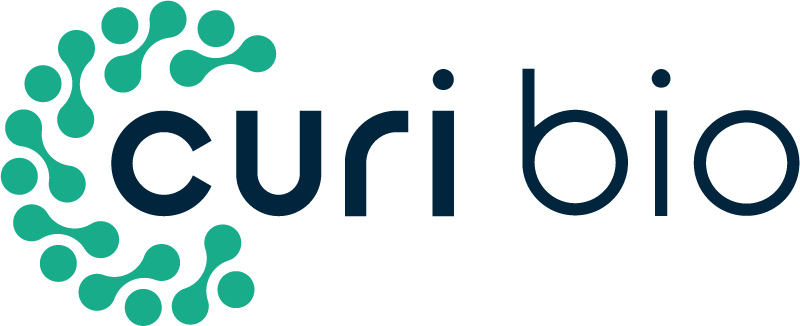Quantitative Analysis of the Combined Effect of Substrate Rigidity and Topographic Guidance on Cell Morphology
JinSeok Park, Hong-Nam Kim, Deok-Ho Kim, Levchenko, A. (1), Kahp-Yang Suh (2) – (1) Johns Hopkins University, (2) Seoul National University
Abstract: Live cells are exquisitely sensitive to both the substratum rigidity and texture. To explore cell responses to both these types of inputs in a precisely controlled fashion, we analyzed the responses of Chinese hamster ovary (CHO) cells to nanotopographically defined substrata of different rigidities, ranging from 1.8 MPa to 1.1 GPa. Parallel arrays of nanogrooves (800-nm width, 800-nm space, and 800-nm depth) on polyurethane (PU)-based material surfaces were fabricated by UV-assisted capillary force lithography (CFL) over an area of 5 mm x 3 mm. We observed dramatic morphological responses of CHO cells, evident in their elongation and polarization along the nanogrooves direction. The cells were progressively more spread and elongated as the substratum rigidity increased, in an integrin beta 1 dependent manner. However, the degree of orientation was independent of substratum rigidity, suggesting that the cell shape is primarily determined by the topographical cues.
Keywords: Cell adhesion, Chinese Hamster Ovary (CHO) cells, microenvironment, nanofabrication, nanogrooves, substrate rigidity, topographical cues
Materials & Methods: To prepare PUA molds, a small amount (0.1–0.5 mL) of polyurethane acrylate (PUA) prepolymer was drop-dispensed onto silicon master that had been prepared by photolithography. Then, a poly(ethylene terephthalate) (PET) film of Formula thickness was placed on the liquid prepolymer, followed by UV exposure Formula for a few tens of seconds. After the UV curing, the mold was peeled from the master, and fully cured by exposing UV for 10 h to render the surface inactive during subsequent pattern replication steps. Next, a similar amount of each PU material was drop-dispensed onto circular 25 mm cover glass and a PUA mold with preformed nanogrooves was placed carefully to make a uniform contact, leaving behind a replica of nanogrooves after UV exposure for a few tens of seconds followed by mold removal. Each prepolymer was obtained as follows: PU elastomer and intermediate PU (MINS 311 RM) were purchased from Minuta Tech. (Korea). Hard PU (NOA83 H) was purchased from Norland Optical Adhesive Inc. (NY, USA). The detailed information of soft and intermediate PU materials can be found elsewhere [38], [39]. To promote adhesion of the patterned layer, the glass coverslip was treated with an adhesion promoter (phosphoric acrylate or acrylic acid dissolved in propylene glycol monomethyl ether acetate (PGMEA), 10 vol%). Contact angles of water on various substrata were measured by a contact angle analyzer (DSA 100, Krüss, Germany). Data were averaged over at least 10 locations.
Microscopic Technique: Scanning Electron Microscopy, Atomic Force Microsope
Cell Type(s): Chinese Hamster Ovary (CHO) Cells
